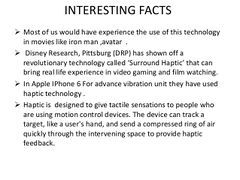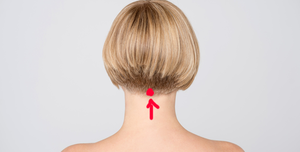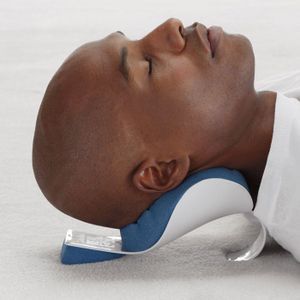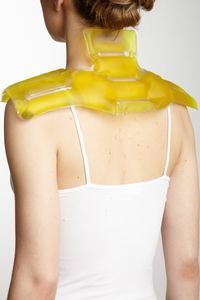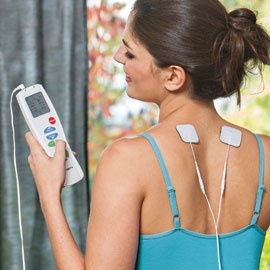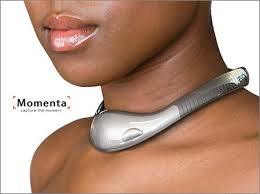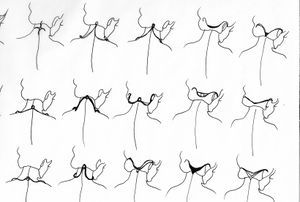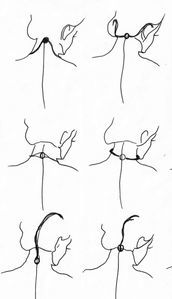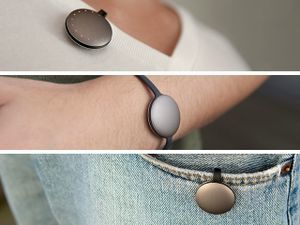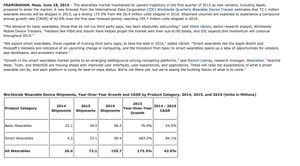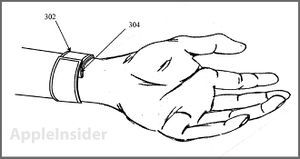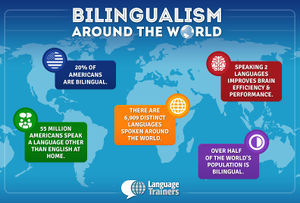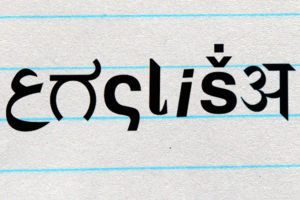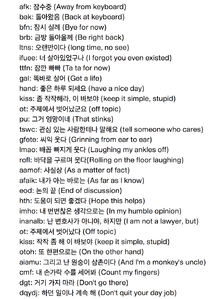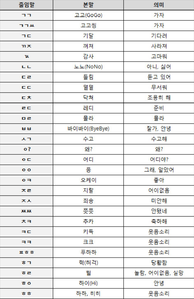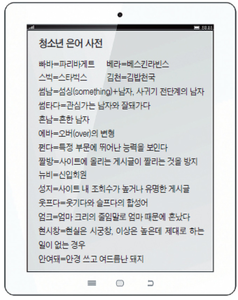Difference between revisions of "User:Clair"
| Line 41: | Line 41: | ||
Research about the most sensitive spot of a body: | Research about the most sensitive spot of a body: | ||
| − | + | Emma did this research because She want to find out what the best part on the body is to design the device for. | |
Since the device will send different data that is based on touch it is important that the body part is able to pick these signs up. | Since the device will send different data that is based on touch it is important that the body part is able to pick these signs up. | ||
Revision as of 14:52, 9 November 2015
Contents
Project 2, Digital Culture
Research 01-10-2015
Haptics is any form of interaction involving touch (from Greek ἅπτω = 'I fasten onto, I touch').
It can mean:
- Haptic communication, the means by which people and other animals communicate via touching
- Haptic perception, the process of recognizing objects through touch
- Haptic poetry, a liminal art form combining characteristics of typography and sculpture
- Haptic technology, technology that interfaces with the user through the sense of touch
- Haptics may also refer to touch and tactile.
Source: [1]
Ted inspirational talk about haptics and technology
Evolving the basic emotions into the haptic device. The seven basic emotions are:
- anger
- fear
- disgust
- contempt
- joy
- sadness
- suprise
Person touches device > device registrates> temperature of touch > movement of touch > pressure of touch > pheromones/ scents The information will be send through in direct information, for instance: A cold, shaking, soft touch, with a body scent
Research about the most sensitive spot of a body: Emma did this research because She want to find out what the best part on the body is to design the device for. Since the device will send different data that is based on touch it is important that the body part is able to pick these signs up.
I conclude out of these sources and other articles that the back of the neck is the most sensitive spot.
With the right stimulation on this point:
- Helps with colds
- Makes your brain sharper
- Better lung function
- Better sleep
- Helps the stomach
- Helps the thyroid
Requirements for the digi bod:
- - easy to wear
- - discrete
- - covers the special back in the neck spot.
- - futuristic esthetics
- - environmental friendly
- - a communication point sending messages through vibrations.
Seismic Communication
We want to combine haptic and seismic communication.
Definition of seismic communication: [9]
The device will be able to gather the information of the person wearing the gadget and then sending the Result of the information (which emotional state you are in) by seismic/ haptic communication. This will look like a gadget in the back of the neck sending vibrations that communicate.
To find out what emotional state the person the next link gives the scientific research that shows body temperature translated Into a emotional state. [blah.kr/175]
to do list before Thursday
Clair- research about the body temperature, vibrations as communication.
seismic communication http://blog.naver.com/kokirit10/50193368195
bodily maps of emotions https://www.youtube.com/watch?v=cZP_I6NkQb4 http://positivepsychologyprogram.com/link-happiness-and-bodily-sensations-visuals/
http://it.donga.com/21258/ translate it and upload
(참고 http://www.fastcodesign.com/3043795/why-we-need-a-haptic-design-language-for-wearables)
https://www.youtube.com/watch?v=7SFeCgoep1c haptic technology
Emma- Make a design of how it will look like.
Interim Presentation 29-09
Feedback from presentation:
- Think about interface
- Find more unconventional ways from heartbeat, temperature, movement
- Give the object shape
- How does this information communicate with the user?
Name of project: Digi Bod
- Body language through digital device
- Fictional device
- Criticizes digital communication
- Showing the need to society
- Using the device in nessecary situations
- Growing market in wearable devices
- Heartbeat monitoring
- Sincere, honest
Situations the device is most necessary in:
- Long distance relationships
- Long distance interviews
- People you don't know but need to trust
- Difficult conversations
The device measures:
- Temperature
- Movement
- Heartbeat
Project 2, Digital Culture
This week we have decided to continue the project in two duo's. The duo that I will be in is with Emma.
We have decided to focus on the evolution in language. Primarly the changes affected through digital media. With our backgrounds of Spatial Design and audiovisual design we want to make a project that allows us both To use our disciplines.
We want to lose the given norm of language as a flat, written, communicative tool and see how we can unite any nationality without difficulty to use 'our language tool'.
After Some research for reference projects, Clair and I came up with the subject 'digital body language.
The emoticon image: The birth of emoticons show a flaw of human conversating on the internet, because we gather A big part of our information we gain from contact through body language, the digital world made plase for emoticons. These small symbols charaterize the feeling or expression that comes with a written text.
Task list 24-09-2015:
Clair:
- Research about situations when the device is of use.
how to be used http://www.ohmynews.com/NWS_Web/View/at_pg.aspx?CNTN_CD=A0002124330
develope of the wearable market
- Research about different communication ways through different senses.
everyting of the wearable devices http://search.naver.com/search.naver?where=nexearch&query=%EC%8A%A4%EB%A7%88%ED%8A%B8%EB%B0%B4%EB%93%9C+%EC%8A%A4%ED%8A%B8%EB%A1%9D+%EC%A0%84%EB%8B%AC&sm=top_sly.hst&fbm=1&acr=5&ie=utf8
- Research/inspiration about the visualisation of the object.
- Research about body language 'most needed' in the device.
First week Idea
Group: Juliah Rahliff, Emma Rijk, Carly Muller and myself. Each participant in the group has a different discipline, we want to use the differences of these to create a diverse, big project. The different studies are:
Audiovisual (Clair Lee) Graphic (Juliah Rahliff) Fashion (Carly Muller) Spatial (Emma Rijk)
The overall topic will be; 3 generations in digital culture, from the generation before us, to our generation and the generation in the future.
My research : the changes of languages in three generations.Lots of abbreviations and slangs are used by young generation because of the internet.
So I am wondering how the language will be evolved in future generation.
And of course many older generation can't understand "the abbreviations and slangs".
So maybe in future some engineers will invent "the device" which can translate the abbreviations.
